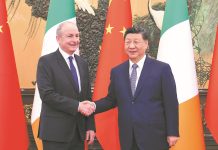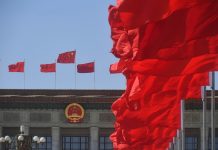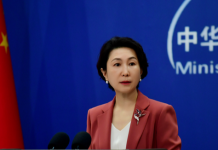BEIJING: The mention of “supply and marketing cooperatives,” or gongxiaoshe in Chinese, brings a sense of reminiscence for many in China. With the full name of rural supply and marketing cooperatives, they played a key role in the country’s planned economy era.
Through the unified management of the government, such cooperatives used to play a dominant role in distributing commodities to and purchasing products from about 800 million rural people in China.
Since the launch of reform and opening up in the late 1970s, the private business boom and the entry of foreign investment have gradually stolen the thunder of the cooperatives, which have made many efforts to transform themselves and keep up with the times—to varying degrees of success.
A 55-year-old Beijing resident surnamed Zhao found a new supermarket in his neighborhood this June. What surprised him was the name of the supermarket—Gongxiaoshe Supermarket. “It brought back memories from when I was young,” he told Beijing Review. “In those days, the gongxiaoshe were a paradise for kids and had everything we wanted. It was also where everybody would get their necessities for daily life—from cooking utensils to towels, clothes, and even bicycles.”
After the founding of the People’s Republic of China in 1949, a national-level supply and marketing cooperative initially took shape in July 1950; in 1954, the organization was renamed the All-China Federation of Supply and Marketing Cooperatives (ACFSMC). People born in the early 1980s might still have childhood memories of visiting such cooperatives; hardly any of those born after 1990 have such memories and can only hear the stories from their parents or grandparents, as Zhao said. “As materials were quite limited, we were issued coupons to buy rationed items,” he said.
–The Daily Mail-Beijing Review news exchange item






